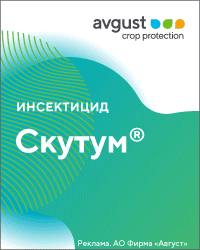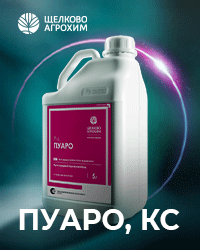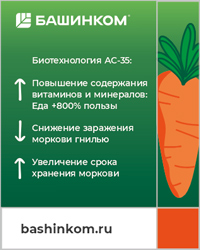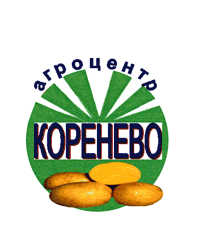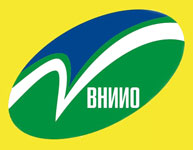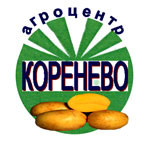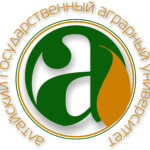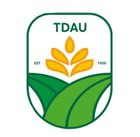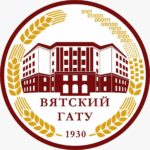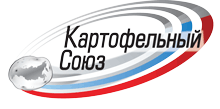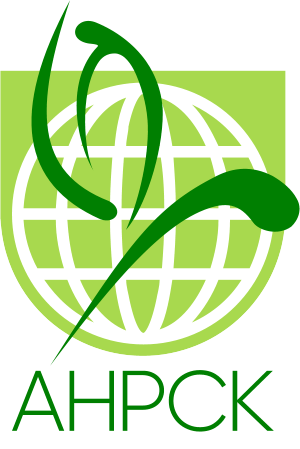The results of the work of the laboratory of breeding and seed production of onion crops of the Federal State Scientific Institution of the Federal Scientific Centre of Vegetable Growing on winter garlic are presented. Winter-hardy, winter-garlic variety, resistant to diseases and pest is selected and bred. In 2017, under No. 78, it was given for testing to the State Commission on Cultivars; in 2019, it was introduced to the State Register of the Russian Federation as a Lyudmila variety. The breeding of winter garlic cultivar Lyudmila was started in 2014. A collection nursery was laid (100 samples from various ecological-geographical zones). In 2017, the prospective model No. 78 was allocated, with high winter hardiness, long-term storage, resistance to diseases and pests. The purpose of the research: the selection from the winter collection of garlic nursery most productive, winter-hardy, resistant to diseases and pests varietal samples adapted to growing conditions. Garlic gloves were planted in the first decade of October, on the ridges (three line) 30–35 plants / m2, with a planting rate of 900 kg/ha. The standard was taken zoned winter garlic variety Odintsovsky Yubileiny. Leaves of the new cultivar are located on a plant with an average density, long, medium width, slightly concave, with an average degree of expression of a wax bloom. The spear is long, without bending. Bulb large, rounded flat. The length of the growing season is 98 days, the total yield for three years is 21.1 t/ha, and the commodity yield is 20.5 t/ha. The average mass of the commodity bulb is 72 g. The number of the cloves is 5-7, the mass of one clove is 12 g. Winter hardiness is 97%. The taste is spicy. The new cultivar of winter garlic Lyudmila refers to the early growing, mid-season forms suitable for mechanized harvesting. The overall yield of the new variety is on average 7% higher than that of the standard variety Odintsovsky Yubileiny, and the product is also 6% higher than the latter.
Keywords: winter garlic, cultivar, breeding, yield, sustainability.
T.M. Seredin, PhD, senior research fellow, laboratory,s associative of selection and seed farming onions cultures, FSBSI «Federal Scientific Centre of Vegetable Growing».
E-mail: timofey-seredin@rambler.ru
A.F. Agafonov, PhD, leading research fellow, laboratory of selection and seed farming onions cultures, FSBSI «Federal Scientific Centre of Vegetable Growing».
V.V. Shumilina, PhD, research fellow of department of vegetable cultures, FSBSI «All-Russian Institute of Genetic Resources after N.I. Vavilov»
E.V. Baranova, PhD, research fellow of laboratory of selection and seed farming onions cultures, FSBSI «Federal Scientific Centre of Vegetable Growing»
A.V. Soldatenko, DSc, chief researcher of analytical center, director, FSBSI «Federal Scientific Centre of Vegetable Growing»
- Dospekhov B.A. Methodology of field experience. Agropromizdat. 1985. 351 p. (In Russ.).
- Kuznetsov A.V. Cultivated garlic. Moscow. Selkhozizdat. 1954. 118 p. (In Russ.).
- Seredin T.M., Gerasimova L.I. Features of cultivation of winter garlic with the use of planting material teeth and single-toothed bulbs in the Moscow region. Breeding and seed production of vegetable crops. Collection of papers. Vol. 45. Moscow. 2014. Pp. 212–217 (In Russ.).
- Zhou Xiang Some methods of growing winter garlic in the North-Western region of the Russian Federation: abstract of diss. cand. of agricultural sciences. Moscow. 2008. 21 p. (In Russ.).
- Methodical guidelines for environmental testing of vegetable crops in the open ground. Moscow. Part 2. 1985. 30 p. (In Russ.).
- Ershov I.I. et al. Methodical guidelines for the breeding of onion crops. Moscow. 1997. 118 p. (In Russ.).
- State register of breeding achievements approved for use. Vol.1. Plant varieties [Web resource]. URL: http://reestr.gossortrf.ru/reestr.html Access date: 14.11.2019/ (In Russ.).

